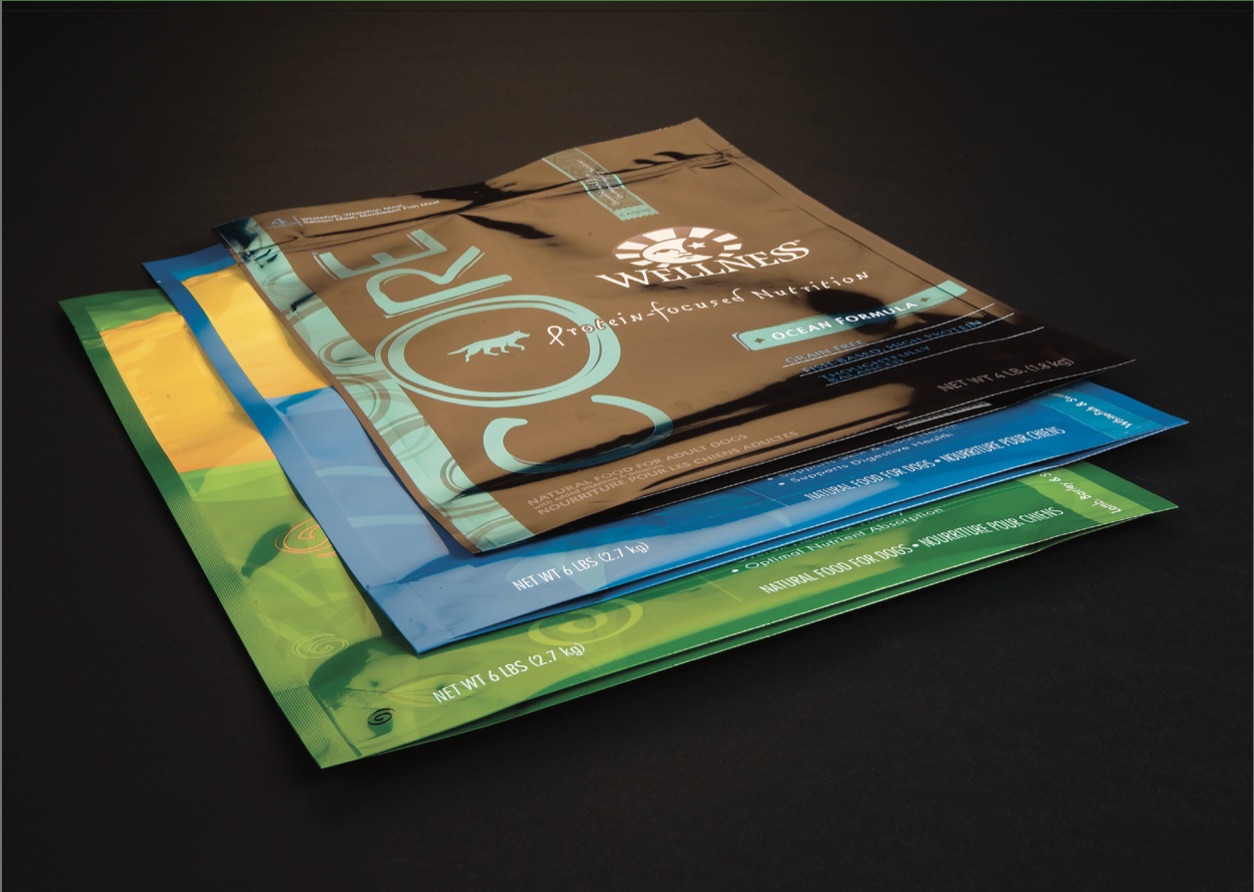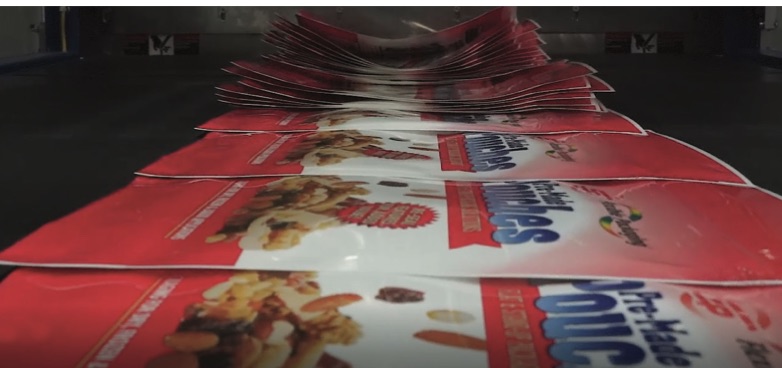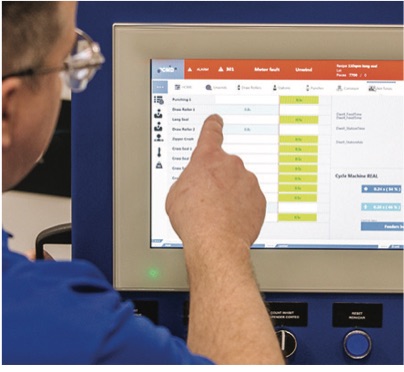5 Ways Pouch Converting Technology Can Protect Your Materials Investment
- Published: March 07, 2022
By Scott Fuller, Pouch Equipment Product Line Manager, CMD Corporation
 Thanks to dazzling artwork and the latest in science and technology, from the extruder to the printer to the laminator, today’s packaging film is eye-catching and durable.
Thanks to dazzling artwork and the latest in science and technology, from the extruder to the printer to the laminator, today’s packaging film is eye-catching and durable.
But, stunningly beautiful also translates to expensive. In fact, by the time the parent-roll gets to the converting machine to be made into pre-made pouches, it is at the most expensive point in the film-making process. As much of that valuable film as possible needs to end up as a successful package and as little as possible in the scrap bin.
Pouch converting technology has come a long way to preserve the investment that brand owners make in the materials which ultimately must protect and promote their products. Here are five suggestions to utilize that technology to get the best overall efficiency and least amount of waste in your pre-made pouch converting process.
 Choose machines that utilize a shorter footprint and reduced web path. This results in less material needed at thread-up, better web control and less waste.
Choose machines that utilize a shorter footprint and reduced web path. This results in less material needed at thread-up, better web control and less waste.
Pouch machines have historically been very long. Threading up the entire length of a 50- or 60-foot machine uses a lot of film, and when adjustments are made at the back of the machine, a lot of material can be wasted waiting for the adjustment to work its way to the front.
Reducing the machine length and shortening the web path, allows for better web control and more efficient adjustments.
- Insist that the pouch system your pouches are converted on is easy to use so operators can competently dial in recipes for fewer mistakes, waste and downtime.
After years of consulting with customers, partnering in SMED events and collecting data, it became very clear that the amount of waste associated with difficult-to dial-in-systems was much higher than originally estimated.
Today’s machines offer sophisticated controls systems that are capable of automating much of the process. The unresolved step was not the capability of the machinery; rather, it was a matter of refining why and how the operator needed to interact with the machine. Simplifying the process and incorporating ease-of-use concepts were critical to closing this gap.
 The updated design of stand-up pouch systems should focus on simple, fool-proof adjustments throughout the machine, and intuitive touch screen controls with data-rich reports to predict and prevent downtime. The system should include an on-board standard operating condition (SOC) worksheet that can be used to preset the machine so very little film is wasted at changeover.
The updated design of stand-up pouch systems should focus on simple, fool-proof adjustments throughout the machine, and intuitive touch screen controls with data-rich reports to predict and prevent downtime. The system should include an on-board standard operating condition (SOC) worksheet that can be used to preset the machine so very little film is wasted at changeover.
- Your system should have robust sealing technology with a wide operating window and a methodology to confirm that the pouches you produce are not only beautiful, but strong, with no leakers. With today’s technology, there is no reason you can’t have verifiable data on your pouch quality, and with the price of the film being converted, it makes good sense to expect it. Data acquisition and IoT has evolved to produce real-time reporting, and powerful KPI dashboards that can be accessed on the machine or remotely.
- A reliable system will consistently produce the same quality on each pouch in your production run – resulting in less waste and fewer complaints on final package quality.
“The reliability factor is huge,” says Fuller. “Your pouch machine should consistently produce the same results, without the need for constant minding or excessive readjustment.” Relying on the system to produce the same quality, pouch after pouch, means you can also rely on fewer adjustments and less waste.
- A system designed with flexibility in mind is helpful to add the finishes and function that today’s convenience-conscious consumers demand – easy open/close, sturdy stand up properties for shelf appeal, etc... The pouch converting system should be designed to easily add the tooling needed for these extras.
While most pouch systems are designed to add these capabilities, finding one with a design that flexibly moves tooling in and out while retaining robust process stability, is the best choice for consistent quality and less waste.
Much is invested in producing the perfect aesthetics for your packaging. Utilizing ever-improving converting technologies to ensure the most efficient use of that investment is a wise strategy for growth and success.












